Birding in the yard has been an almost all-consuming hobby over the past few weeks, leaving me little time for posting to my blog. After a rather disappointing late June and July visits to the yard by migrants have finally picked up and I am seeing the first indications of a fall migration. We’ve logged three new species in the yard this year (Chipping sparrow, Lazuli bunting and a Bob White quail) but I have to day that August 6, 2021, was perhaps my best birding day of the year.
On this particular day my birding was overlapping with hosting visiting family members and with the Anacortes Arts Festival. We began our day with an early morning walk through Washington Park followed by breakfast at home. I opted for a nap instead of accompanying the crowd downtown, but since we were having one of our recently rare cloudy days, which offered enhanced birding photography opportunities, I decided to give yard birding a brief try. It was an auspicious decision!
One of our (meaning our yard’s) rarest migrants, a MacGillivray’s warbler, appeared in the yard in midmorning. It had been years since we had seen one and I had no good photographs of one. This bird visited two of our water features and took a short time exploring the yard. I obtained what I consider some excellent photos.
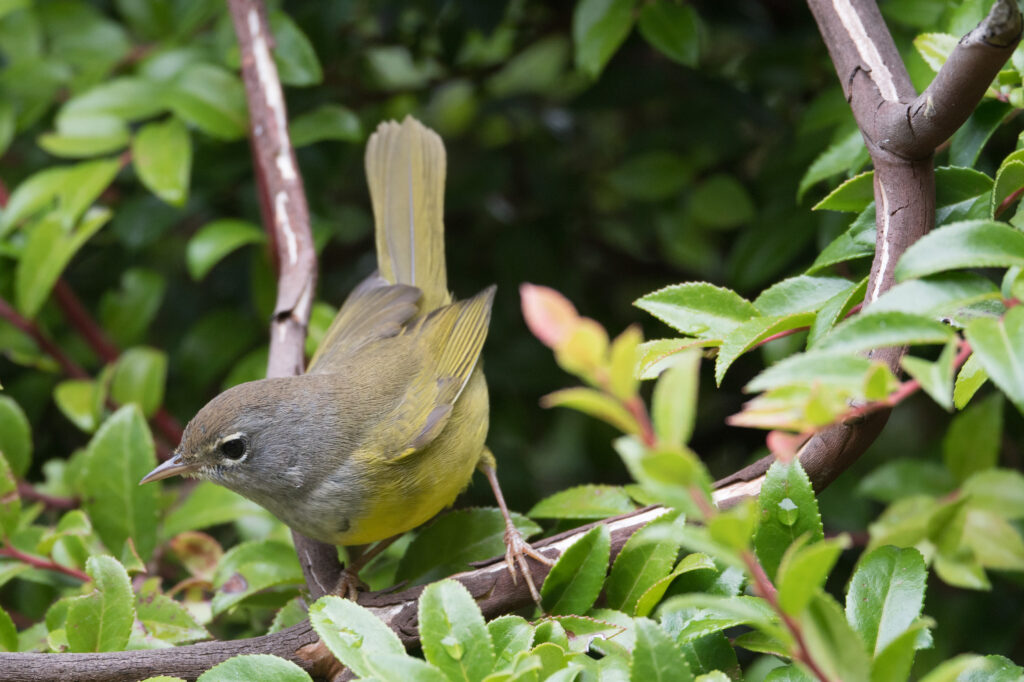
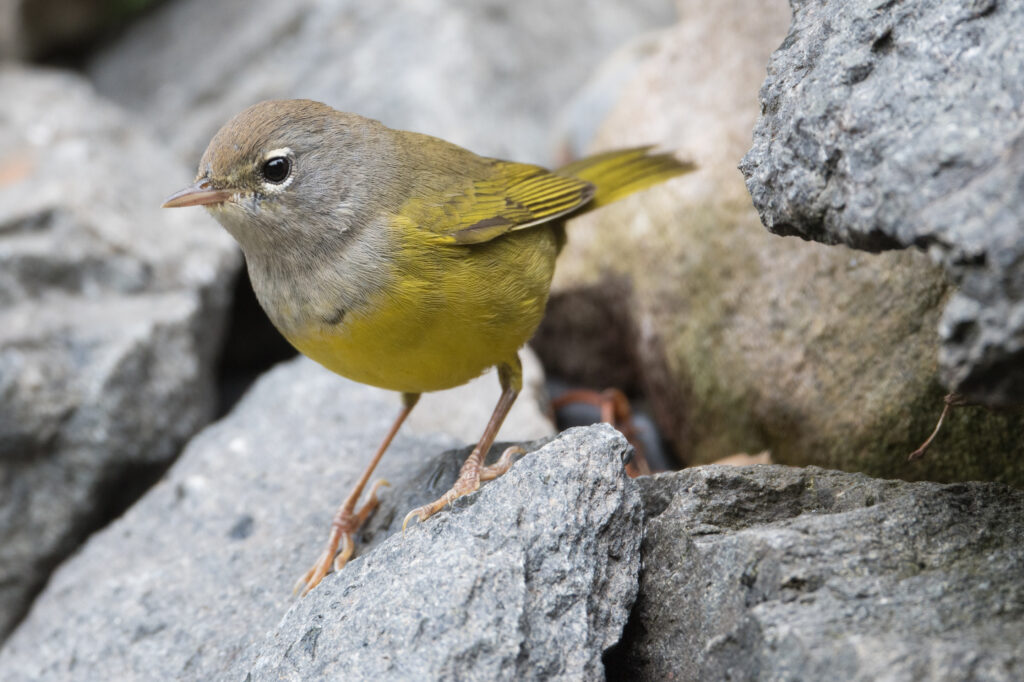
I believe this MacGillivray’s to be an adult female, but here I offer a caveat. You should take ALL of my sex/age identifications as only guesses, especially at this time of the year. Identifications are now being complicated by several factors: the breeding plumage of some adults is beginning to fade, first-year juveniles are now being added to the mix and migration is beginning to take place, adding birds we don’t normally see. All of these factors add confusion to some identifications. You should view any age/sex identifications I offer with some degree of skepticism.
But back to August 6: the usual birds were out and about the yard but we had at least two juvenile Brown-headed cowbirds… one being fed by a Dark-eyed (Oregon) junco and the other by a pair of Spotted towhees, both species that in past years have been consistently parasitized by cowbirds. Interestingly enough, one of the juvenile cowbirds was being fed by one of the aforementioned species and also a couple of White-crowned sparrows! (The following day (8/7/2021) we watched one of the cowbirds being fed by both a junco and White-crowned sparrow! I have no explanation for this and it goes against my understanding of the raising of cowbird chicks.)
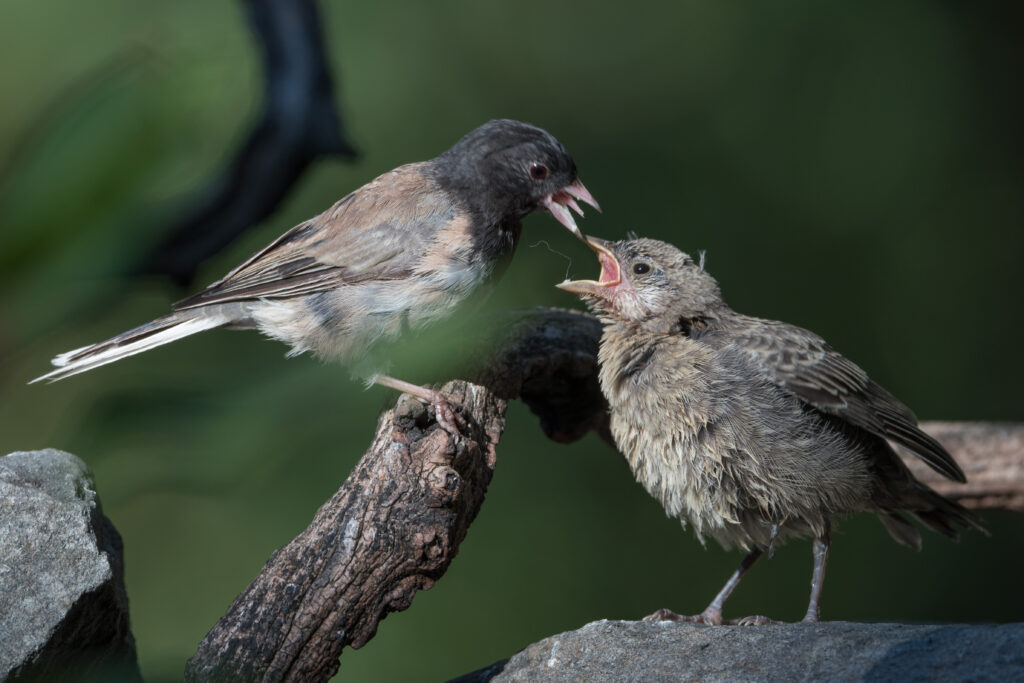
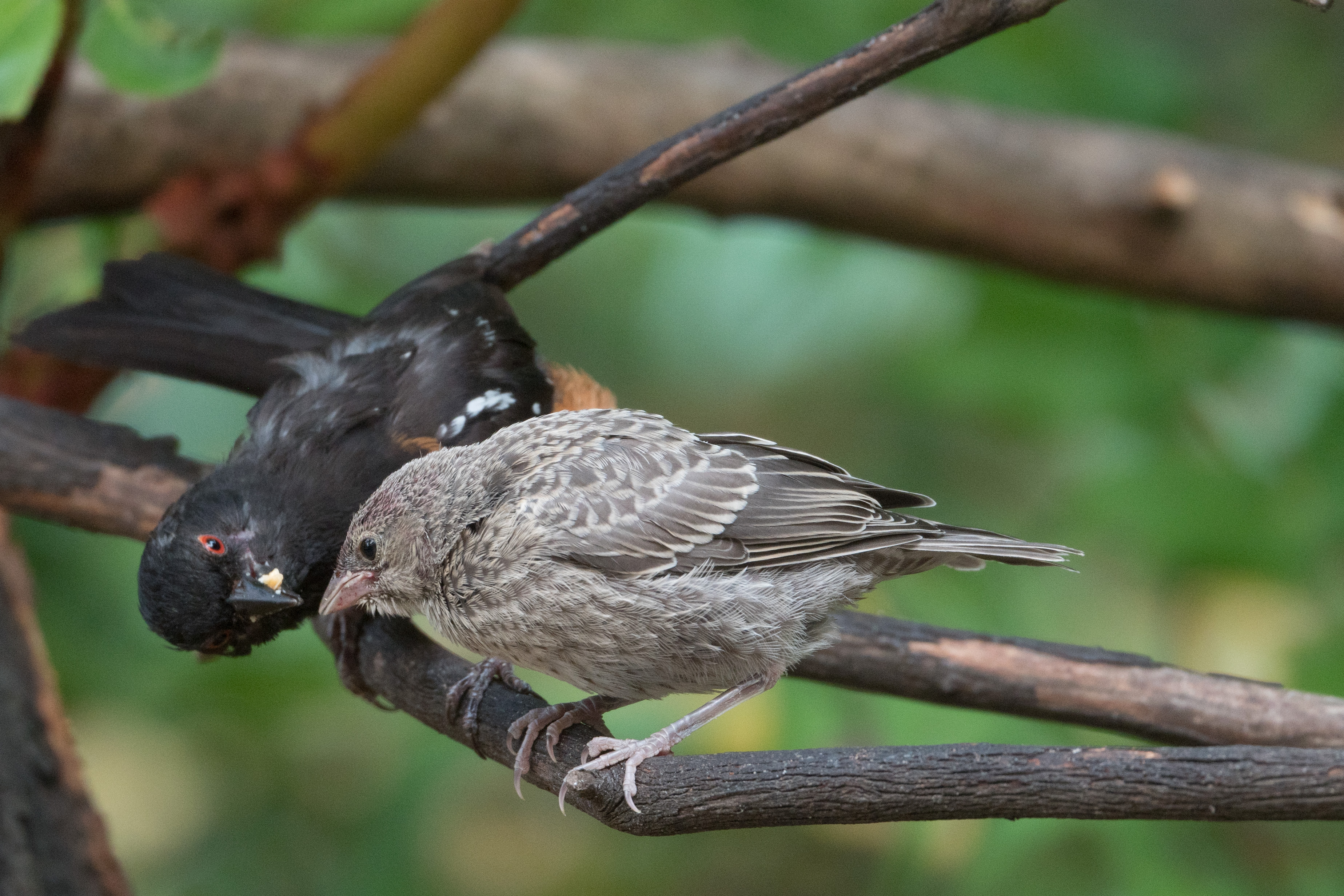
A male Wilson’s warbler very briefly entered the yard and I was able to photograph it.

I took a break from birding at midday and resumed my activity later in the afternoon with a photographer/friend. We contented ourselves photographing some of our regular birds, having to sort through a large population of House sparrows who have been born on neighbors’ property but come to our yard for food and water. It’s discouraging but it’s something we just have to endure.
My friend left later that afternoon and within five minutes of his leaving a male Townsend’s warbler visited the yard. We usually get about one visit a year from this species and it’s almost always in the fall. I was able to obtain some excellent photos of the bird.
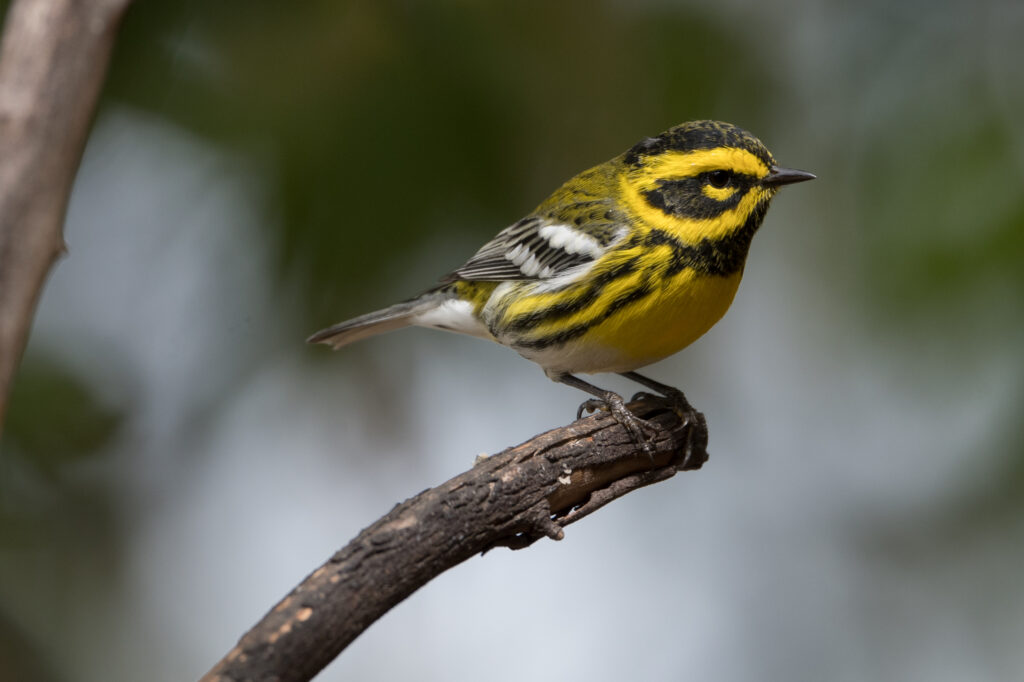
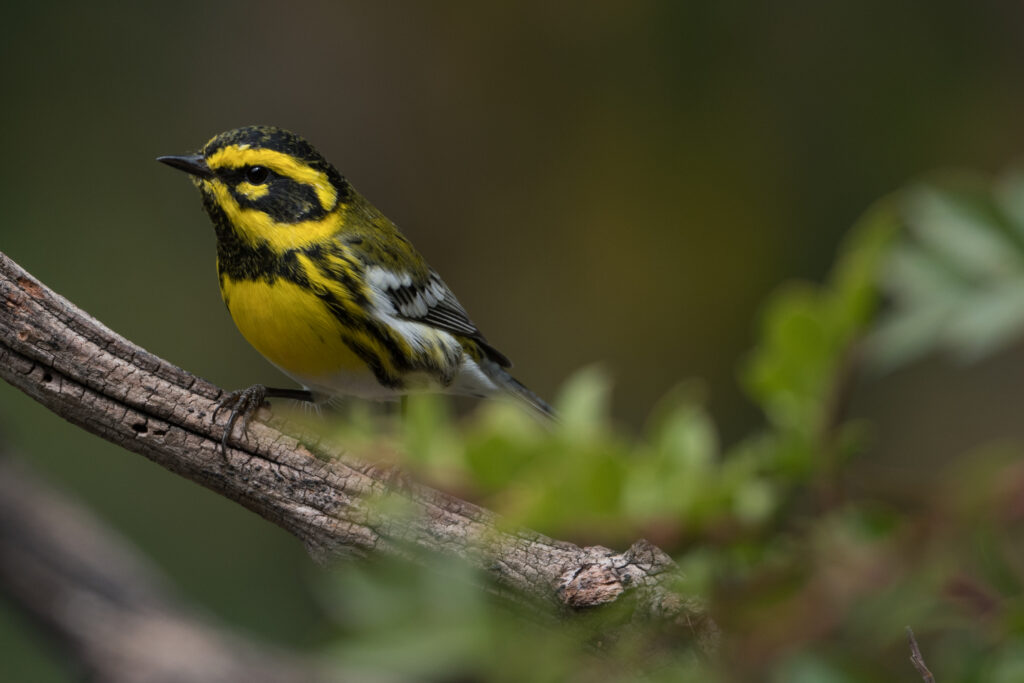
So I had observed and photographed three warbler species in our yard, two of them quite rare. I think I can declare the fall migration officially ‘on’! I now have 304 photos to process from this one day’s activities (in addition to a backlog of several weeks)!
